Last updated on April 3, 2024
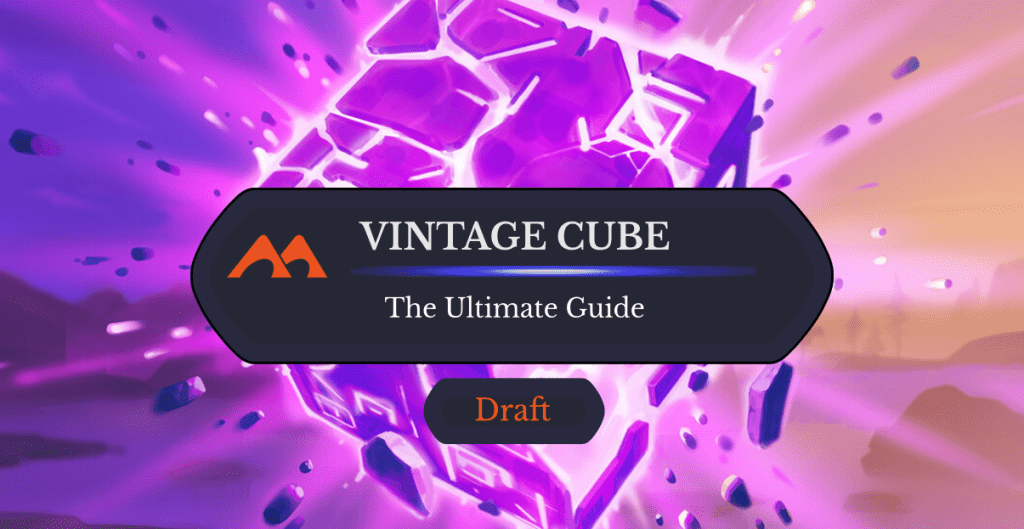
Planar Bridge (The Cube) | Illustration by Alexandre Leoni
Cube has long been one of my favorite ways to play Magic. Whether it’s a high-powered Cube or a Pauper Cube, drafting those pre-made packs always offers a fun experience that just isn’t quite matched by conventional packs.
Today I’d like to do a bit of a deep dive into my personal favorite cube: the Vintage Cube! It’s a high-powered experience where you get to draft the most expensive and powerful cards in Magic, and be paired up against somebody with just as incredible of a deck as yours.
Let’s jump into the details!
What Is the Vintage Cube?
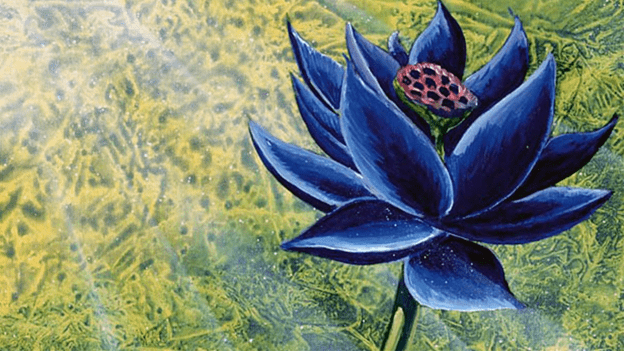
Black Lotus | Illustration by Christopher Rush
The Vintage Cube is a high-power cube developed by Wizards that includes some of the most powerful and popular cards from Magic’s entire history. It includes the Power 9, all original dual lands, and some of the best creatures and planeswalkers out there.
It’s updated semi-regularly by the Cube team, and has a few cards swapped out every time it’s made available on Magic Online.
Where Can You Play the Vintage Cube?
The Vintage Cube can be played on Magic Online once or twice yearly when it's made available. Previously known as the “Holiday Cube” because it was only available in December, it's more recently been made available a second time in June or July. The Cube is incredibly expensive to put together unless proxied, which makes it a rare occurrence to see in paper.
Its limited availability on MTGO helps underscore its important and localized demand for when it’s actually available, which also helps reduce queue time and make it more of an “event.” While there’s occasionally a two- to three-week period where the Vintage Cube is available in the Spring, that isn’t always guaranteed.
When Is Vintage Cube on MTGO?
Vintage Cube is on Magic Online usually twice a year, once in the summer around July and then again in December for the holidays. It used to only be available to players in December and was known as the “Holiday Cube,” but its popularity and increased demand allowed it to have a more periodic release.
How Long Is Vintage Cube on MTGO?
Vintage Cube typically sticks around for the entire month it’s made available. This means you can expect to be able to play it all of both July and December with the occasional two- or three-week release in the spring and autumn.
How Many Cards Are in the Vintage Cube?
There are a total of 540 cards in the Vintage Cube, which are always subject to change. Wizards of the Coast maintains a complete Vintage Cube list on MTGO.
What Cards are in the Vintage Cube?
Power 9 10
The complete Power 9 are included in the Cube, but there’s an extra card many consider to be the 10th member: Sol Ring. This is arguably the best card in the Cube thanks to its versatility and power level, often providing more value than weaker power pieces like Timetwister or off-color Moxen.
Regardless, the Power 9 are about as impactful as you’d assume. You’ll greatly benefit if you can use their extra mana to ramp out threats early. Cards like Black Lotus can make 4-drops on turn 1 a reality.
Ancestral Recall and Time Walk are always included in your deck, even as a splash. These two can provide some of the most instantaneous leads out of any card, refilling your hand or giving you the chance to out-tempo your opponent.
The Moxen are also great in just about any deck, even if they’re not on-color. Free mana is always good, unless you’ve drafted some weird list with practically no colorless pips. Very uncommon.
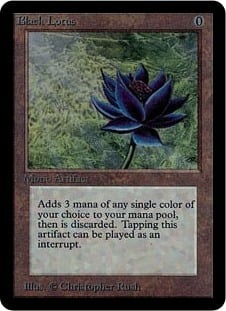
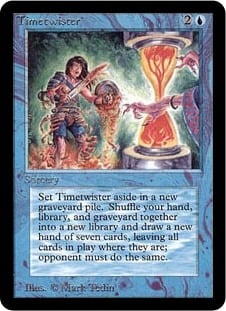
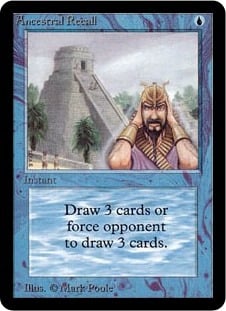
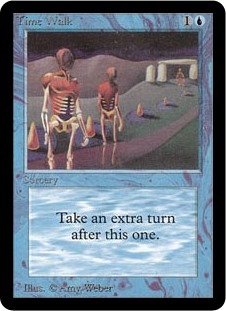

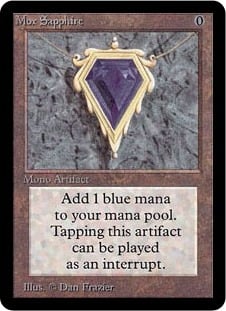
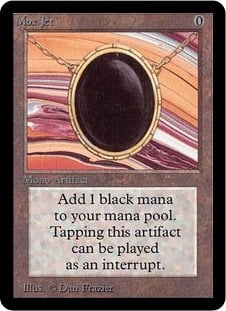
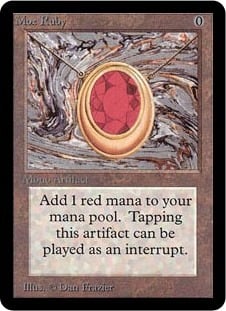
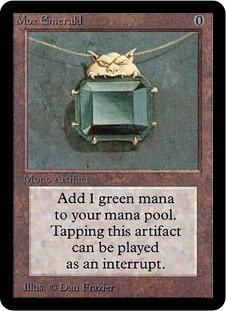
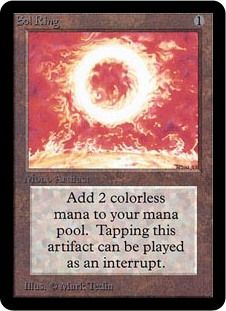
- Black Lotus
- Timetwister
- Ancestral Recall
- Time Walk
- Mox Pearl
- Mox Sapphire
- Mox Jet
- Mox Ruby
- Mox Emerald
- Sol Ring
Non-Basic Lands
There are some truly incredible non-basic lands to be looking out for in the cube. These work wonders for your mana base, making 3- and 4-color mana bases incredibly easy to assemble and produce reliable mana.
One important tip is to look at how your dual lands, tri-lands, and fetch lands interact. If you’re playing a Simic () deck and have Arid Mesa and Spara's Headquarters or Savannah, then that otherwise off-color fetch can suddenly be on-color! It’s really easy to assemble these combos and make incredibly strong mana bases early on.
Dual Lands

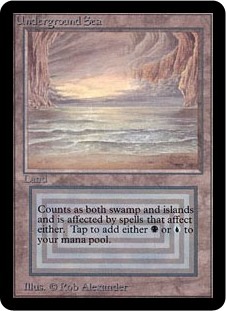
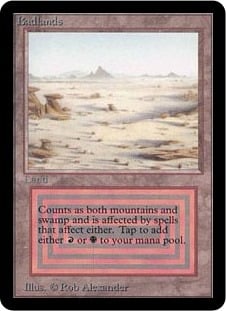
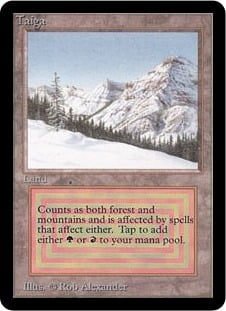
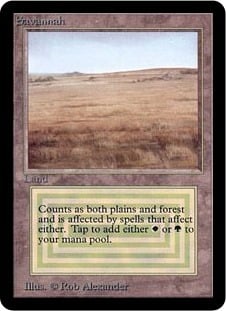
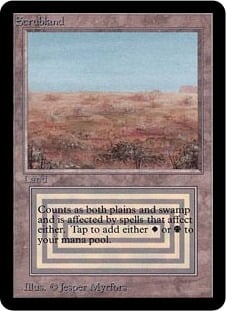


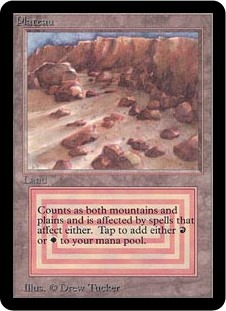

- Tundra
- Underground Sea
- Badlands
- Taiga
- Savannah
- Scrubland
- Volcanic Island
- Bayou
- Plateau
- Tropical Island
Fetch Lands

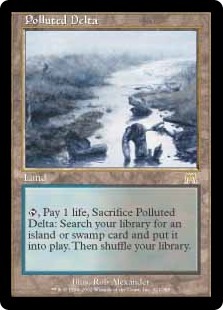
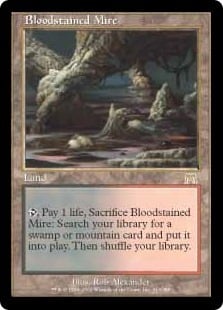
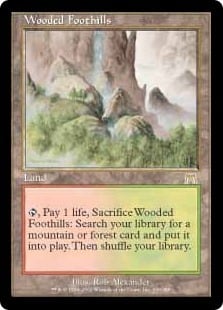
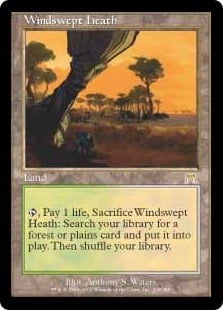
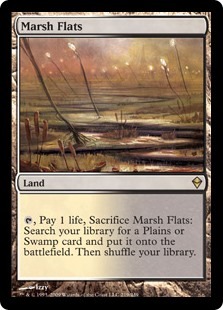
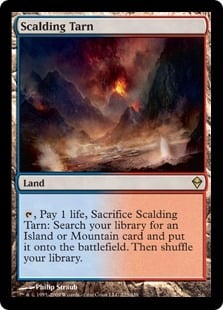
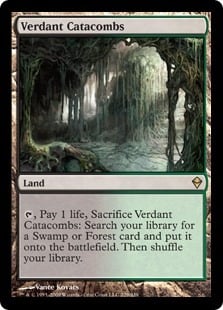
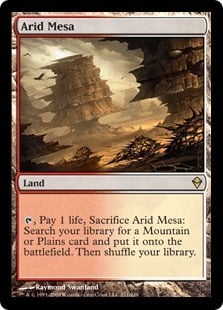
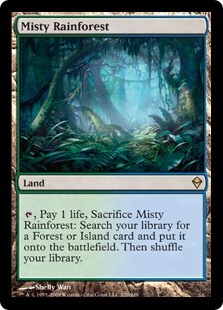
- Flooded Strand
- Polluted Delta
- Bloodstained Mire
- Wooded Foothills
- Windswept Heath
- Marsh Flats
- Scalding Tarn
- Verdant Catacombs
- Arid Mesa
- Misty Rainforest
Tri Cycle Lands
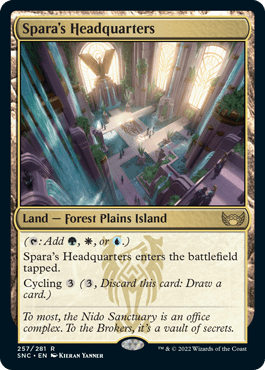
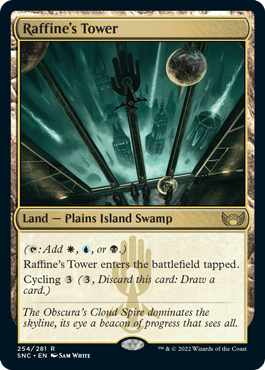
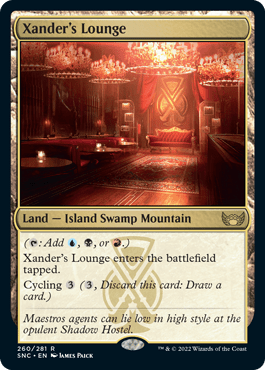

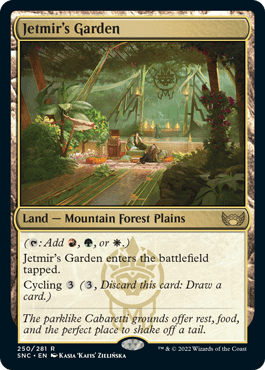

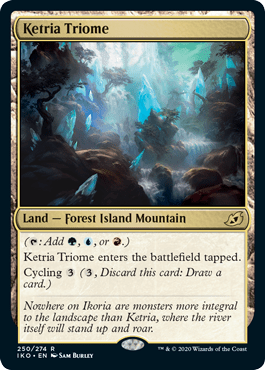
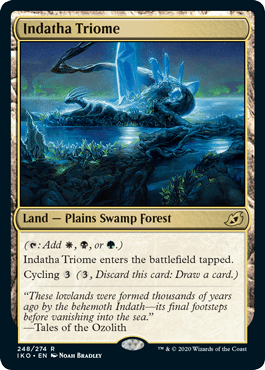
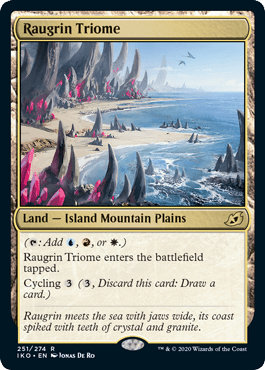

- Spara's Headquarters
- Raffine's Tower
- Xander's Lounge
- Ziatora's Proving Ground
- Jetmir's Garden
- Savai Triome
- Ketria Triome
- Indatha Triome
- Raugrin Triome
- Zagoth Triome
Mana Rocks
Some of the best and most powerful mana rocks are also included. These provide ample ways to ramp out and often fix your mana. Players have access to fast and mana-positive rocks like Mana Crypt and Grim Monolith on top of the classic Signets.
Here are some of the big ones you should look out for:

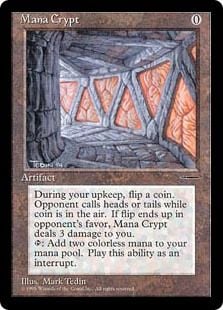

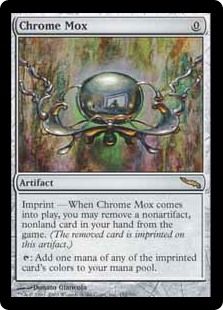

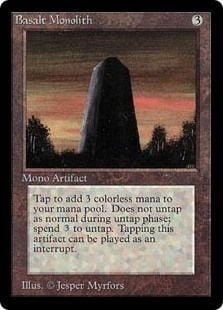
Powerful Planeswalkers
Planeswalkers have been a part of Magic’s history more than they haven’t lately, and there certainly have been some powerful ones printed into existence.
Here are the major players that you may see in your packs:
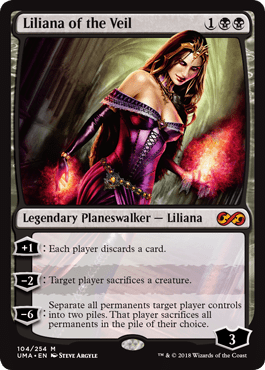
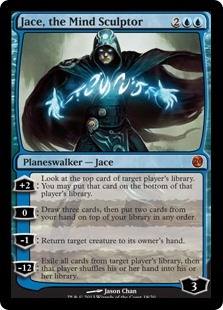
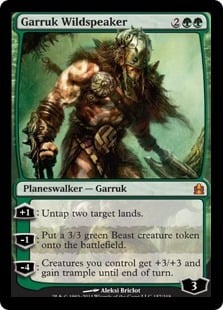
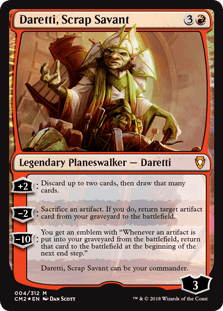
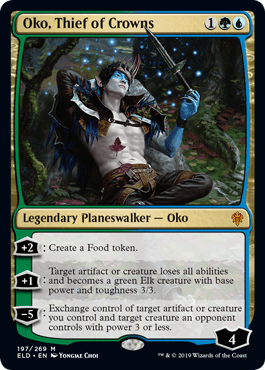
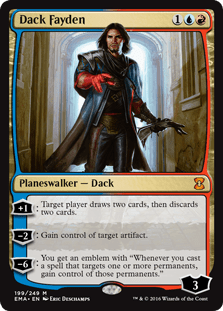
- Liliana of the Veil
- Jace, the Mind Sculptor
- Garruk Wildspeaker
- Daretti, Scrap Savant
- Oko, Thief of Crowns
- Dack Fayden
Vintage Cube Draft Tips
Draft Synergies Over Good Cards
One of the most common mistakes I see newer Vintage Cube drafters fall victim to is attempting to pick the most powerful cards they see and put together a sort of 3- to 5-color “good stuff” list. I could see why they might think this would work in theory. Vintage Cube has the best cards in the game after all, and throwing them in a pile and saying “go” could lead to you having a great curve.
But in reality this often results in you having mana issues, missing out on any kind of coherent strategy, and being entirely dependent on drawing the right cards in a matchup. This can work, sometimes you just end up having no direction and manage to 2-1, but that isn’t reliable. It’s far more important to have a solid direction with synergies between your cards than a pile of great cards with no connections.
I’ll take a solid Dimir () midrange deck with incredible synergies and control payoffs over a collection of the best cards in each pack. This is more of a general drafting tip, but it’s especially important to recognize due to the fact that it becomes incredibly tempting given what cards you’re looking at in each pack.
Lands Matter
Another tip that a lot of players commonly look over is the significance and importance of non-basic lands in the Cube. You’ve got access to about as good of a mana base as you could dream of, and that allows you to stay open longer and have a much more consistent strategy in each given game.
The fetch lands are particularly important. Having off-color fetch lands with on-color duals can help you piece together a much more consistent 3- or 4-color mana base to the point where you’re almost never lacking any particular color.
ScapeshiftValakut Exploration
Valakut, the Molten Pinnacle
Dryad of the Ilysian Grove
Simic Growth Chamber
[/cg]
The whole lands archetype has gotten a lot of love recently. [card]Scapeshift[/card], the two Valakut cards, and things like [card]Simic Growth Chamber[/card] expand it from simply [card]Field of the Dead[/card] and infinite [card]Wastelands[/card] to something a bit more complex.
[ci]Shelldock Isle
Shelldock Isle is also very easy to trigger. There’s plenty of card draw in the Cube, and this land comes online if either player has a library with 20 or less cards in it.
Pick Up Half-Combo Cards
There are more than a few cards that are half of a game-winning or infinite combo in the Cube, and knowing what they are can help you know when to pick them up or when to pass them. They’re also very heavy direction-setting cards.
There’s also the infamous pairing of Narset, Parter of Veils and a wheel effect like Wheel of Fortune. This is an especially good combo since Narset shuts down the highly prevalent number of cards draw spells that just about every archetype has access to.
I’d also like to direct your attention towards Channel and the many powerful bomb Eldrazi, like Emrakul, the Aeons Torn which don’t always get picked. Ramping cards like these out, especially ones with protection, are the easiest way to win the game on turn 1 or 2.
Vintage Cube Archetypes Ranked / Best Vintage Cube Archetypes
Tier 1
Izzet Tempo
Izzet tempo is one of the best general archetypes you can look to get into early thanks to the power of blue’s cards and the synergies with red. These decks love putting in cheap yet effective threats and then holding up a hand full of interaction to ensure that your opponents never even get off of the ground, let alone clear the board.
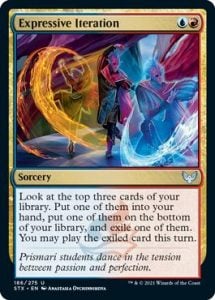
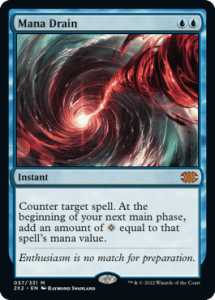
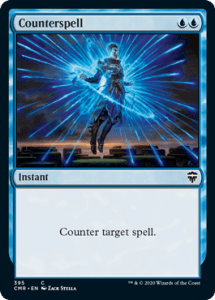
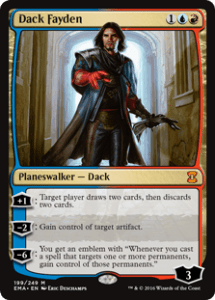
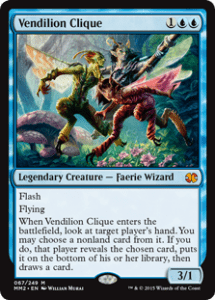
The cards you want to look out for are essentially any high-tier blue or red cards. [Expressive Iteration, Mana Drain, Counterspell, Dack Fayden, and Vendilion Clique are all great ways to get started. This deck is so strong because it has many different avenues to go down and can flex into a third color quite easily. It's also got some of the best card-for-card value of any color pair.
Mono-White Aggro
Mono-white aggro is my choice for the third tier 1 deck. It’s almost always open, has more than enough supporting cards to get off the ground in pack one, and easily steals games from slow fair decks that didn’t draft enough removal.
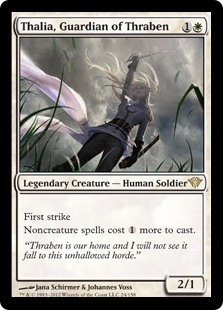



There are some great hatebears in the Cube too in the form of Thalia, Guardian of Thraben and Esper Sentinel. Pair these two with Giver of Runes or Mother of Runes and you have some of the best early creatures, period.
Don’t forget about interaction. White actually does have some interaction in this Cube in the form of both Swords to Plowshares and Path to Exile.Reprieve is just so good.
Tier 2
Reanimator
Reanimator is, in my experience, almost always open. It’s a very straightforward and sometimes boring strategy, and you can easily pick up the most important pieces for this archetype in your first pack.
All you really need to get started is a strong reanimation or entomb spell, like Reanimate or Entomb. There are plenty of other effects for consistency like Putrid Imp, Shallow Grave, Corpse Dance, Exhume, Animate Dead, and Necromancy. See what I mean?
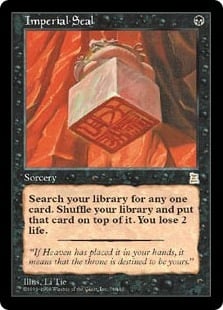

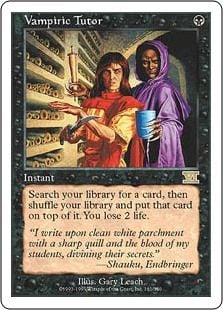
To top things off you can get a very consistent deck if you manage to pick up some of the tutors in black like Imperial Seal, Demonic Tutor, or Vampiric Tutor.
As for reanimation targets, good old’ Griselbrand, Iona, Shield of Emeria, Elesh Norn, Grand Cenobite, Archon of Cruelty, and Massacre Wurm can all serve a purpose.
Storm
Ah, Storm, a classic archetype that’s as fun as it is difficult to pull off. I’d recommend staying away from Storm in the first one or two weeks of the Cube. It’s so much more popular then and it's harder to draft a strong deck when so many more players are going for it.
If you do manage to get the nuts, then congratulations! Here’s what to look out for if you’re trying to get the ball rolling:
Acceleration



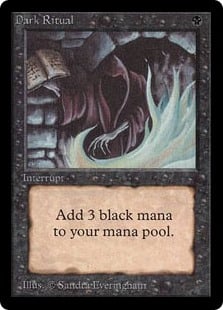
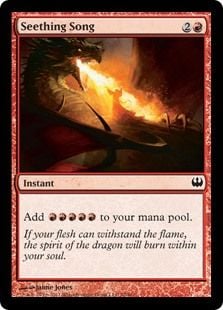
- Black Lotus
- Sol Ring
- Any Mox
- Mana Crypt
- Any on-color Signet
- Dark Ritual
- Seething Song
Card Draw
Finishers
Artifacts Matter
The artifacts deck, while often difficult to put together completely, is still one of my favorite archetypes in the Cube. It provides a unique style of gameplay unlike any other strategy and lets you play around with the most powerful cards in the game.
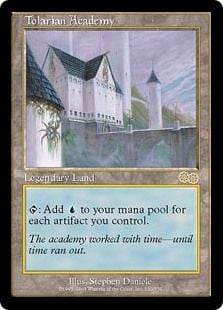



The most important pieces will be Tolarian Academy, as many Signets as you can pick up, and any other instances of fast mana in the form of an artifact like Mana Vault, Mana Crypt, and Sol Ring.
This strategy plays very similarly to any green ramp deck you might’ve piloted before. Ramp out, play a big threat a few turns earlier than you otherwise should, and run over the poor schmuck across the table.
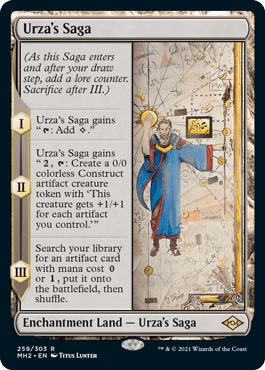
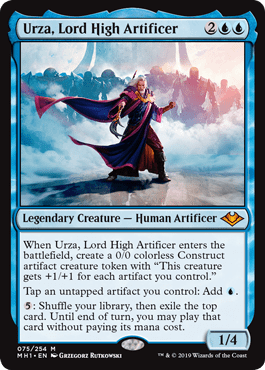


Urza's Saga, Urza, Lord High Artificer, and other expensive artifact threats like Wurmcoil Engine or Myr Battlesphere are your finishers here. They let you take advantage of all your mana and board full of artifacts and turn that into actual threats, which is just great.
Mono-Green Ramp / Simic Opposition
Mono-green is fully supported in the Cube with the long list of mana dorks backing it up.
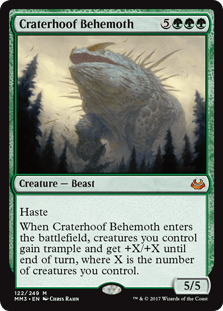
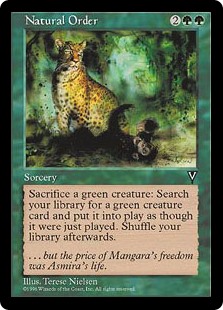
But the payoffs are fairly limited, and they boil down to essentially either locking your opponent out through a bunch of creatures and, or hitting a Craterhoof Behemoth off of Natural Order.
Tier 3
Blue-Based Midrange
If you prefer blue to green, then blue also offers a great base for a midrange deck. The Scarab God and Fallen Shinobi are some of the best creature threats out there.

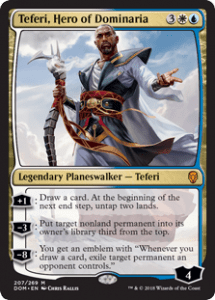
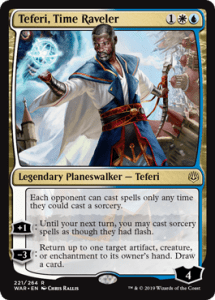
Azorius () also has some power cards to have some fun with. Look out for Fractured Identity, Teferi, Hero of Dominaria, and Teferi, Time Raveler.
Is Vintage Cube Free on MTGO? How Much Does It Cost?
No, the Vintage Cube is not free on MTGO. It’s a phantom Draft, which means it costs less and you keep none of the cards, but it still costs either 10 TIX or 100 Play Points to enter.
| Wins | Rewards |
|---|---|
| 3-0 | 150 Play Points, 2 Qualifier Points, 1 Friendly Trophy, 1 Treasure Chest |
| 2-1 | 100 Play Points |
| 1-2 | 50 Play Points |
| 0-3 | No rewards |
What Is Supreme Vintage Cube?
Supreme Vintage Cube is a slightly altered version of Vintage Cube where you pick two cards each pick of every pack. This is similar to how Double Masters sets are drafted, except the two-pick rule is enabled for every single pick. You’ll end up with 36 cards from 18 packs, never having seen a pack you’ve picked from before again.
Wrap Up
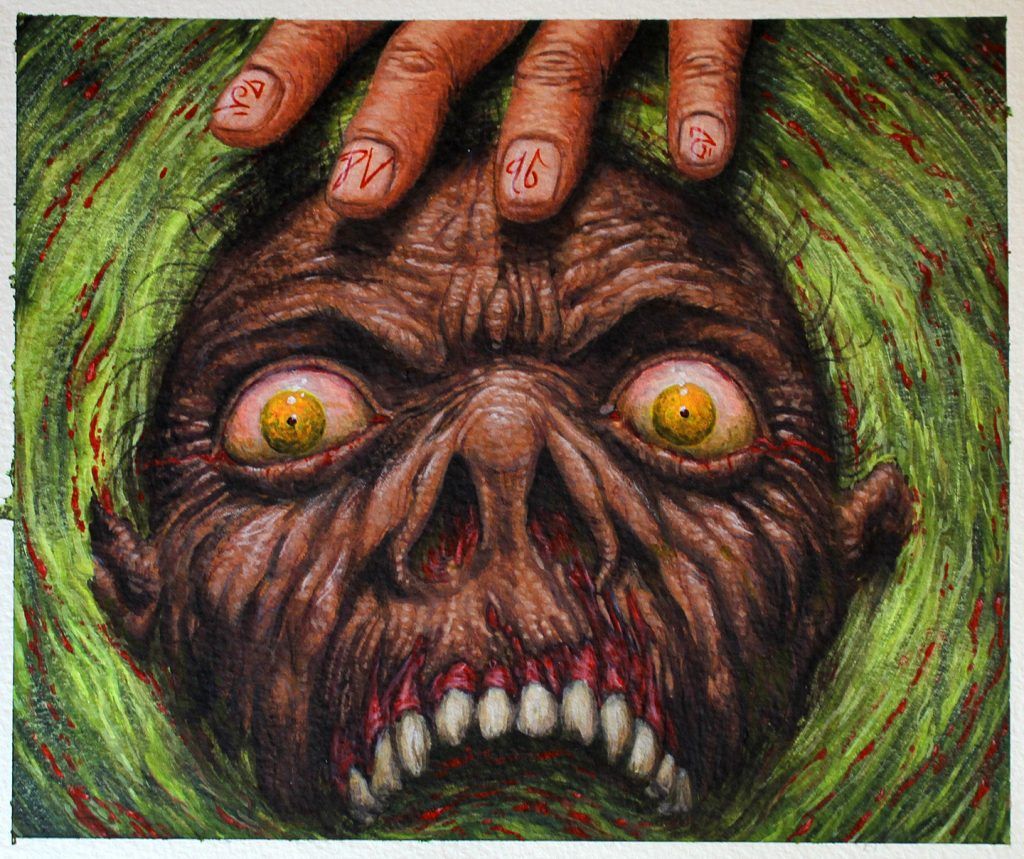
Necromancy | Illustration by Pete Venters
That wraps up my guide on my favorite Cube, the Vintage Cube! I’ve been a long-time fan of the Cube and I make sure to save up my Play Points for when it eventually comes around. It’s always a lot of fun whether you’re watching or drafting yourself, and I can’t recommend it enough!
Have you tried the Vintage Cube? What do you think? Do you like having the chance to play with all of those crazy cards, or is it a little stale after a while? Drop your thoughts in a comment below or head over to the official Draftsim Discord to chat about it there.
Until next time, stay safe and stay healthy!
Follow Draftsim for awesome articles and set updates: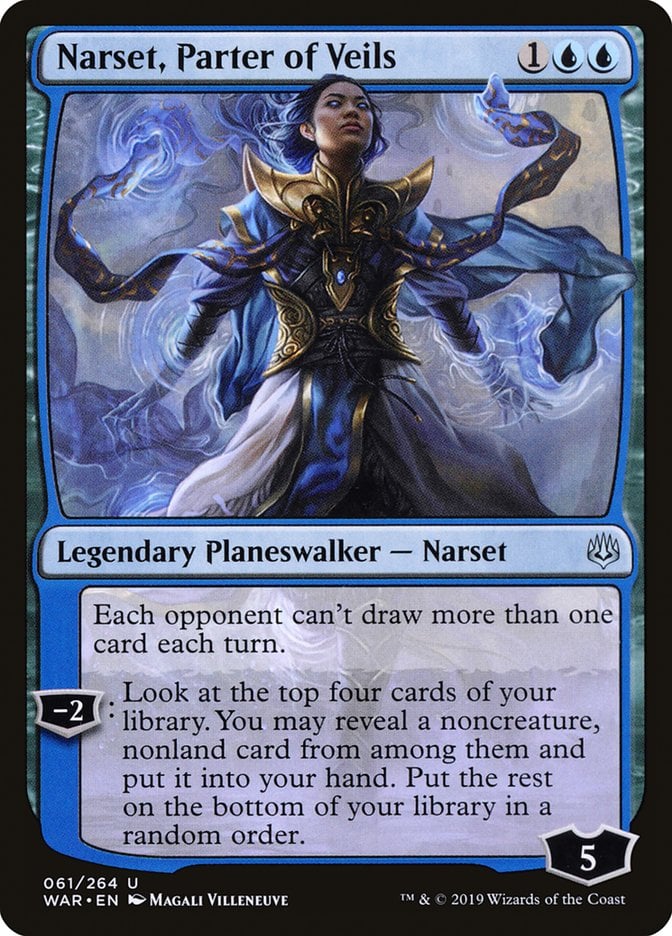
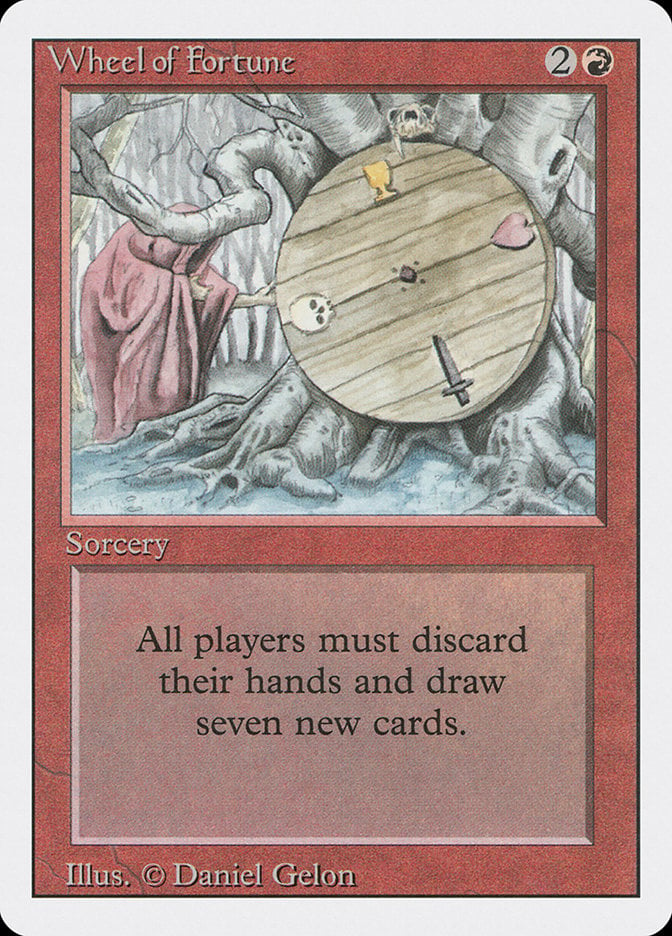
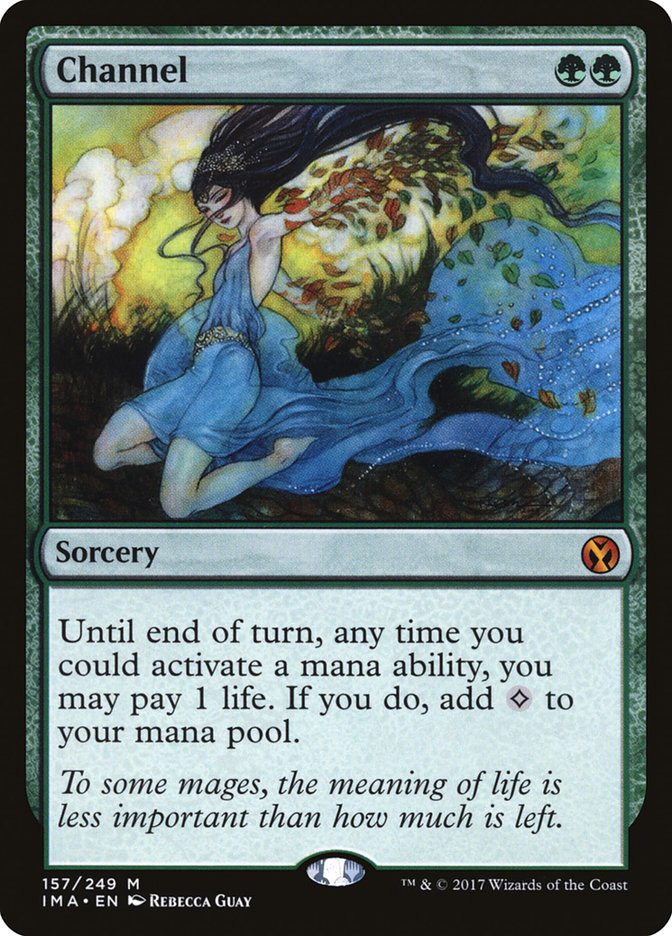


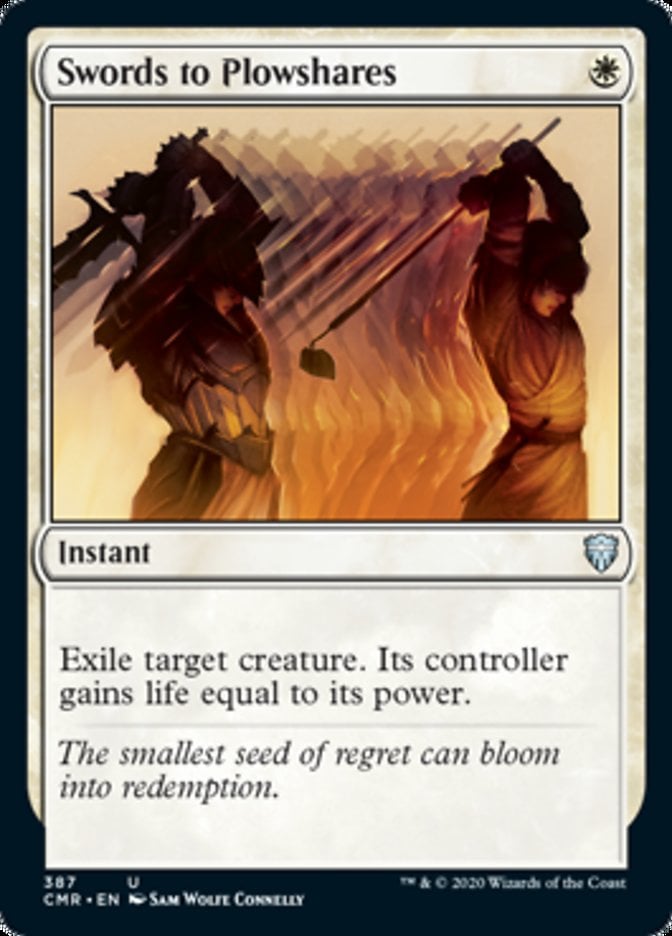
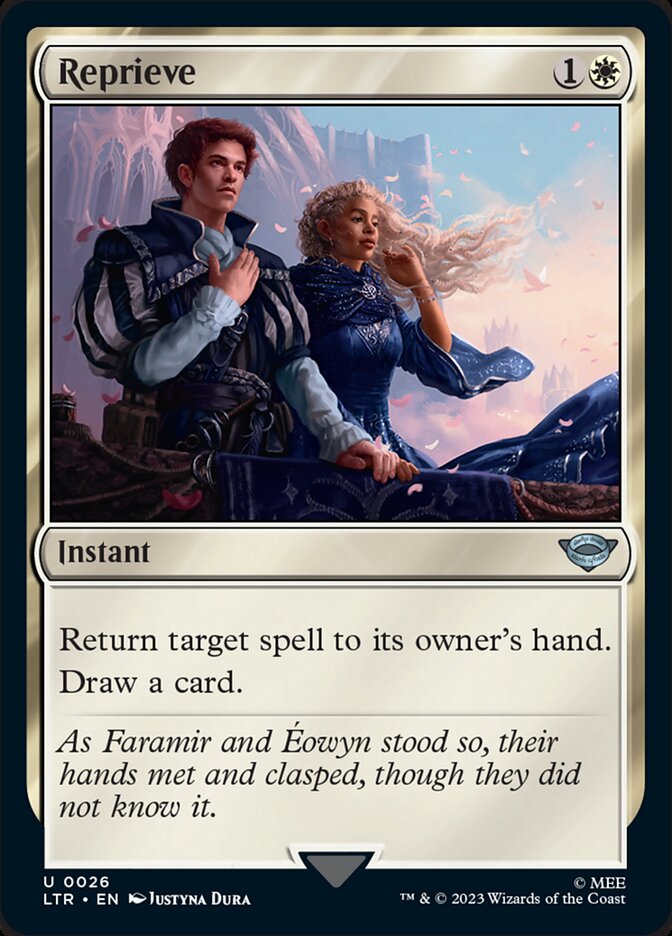
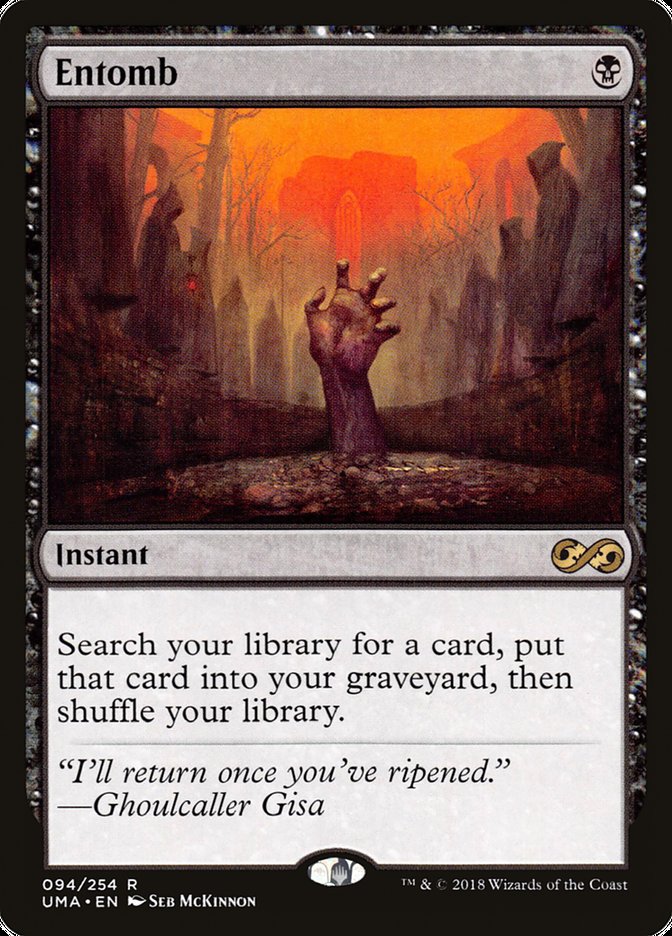



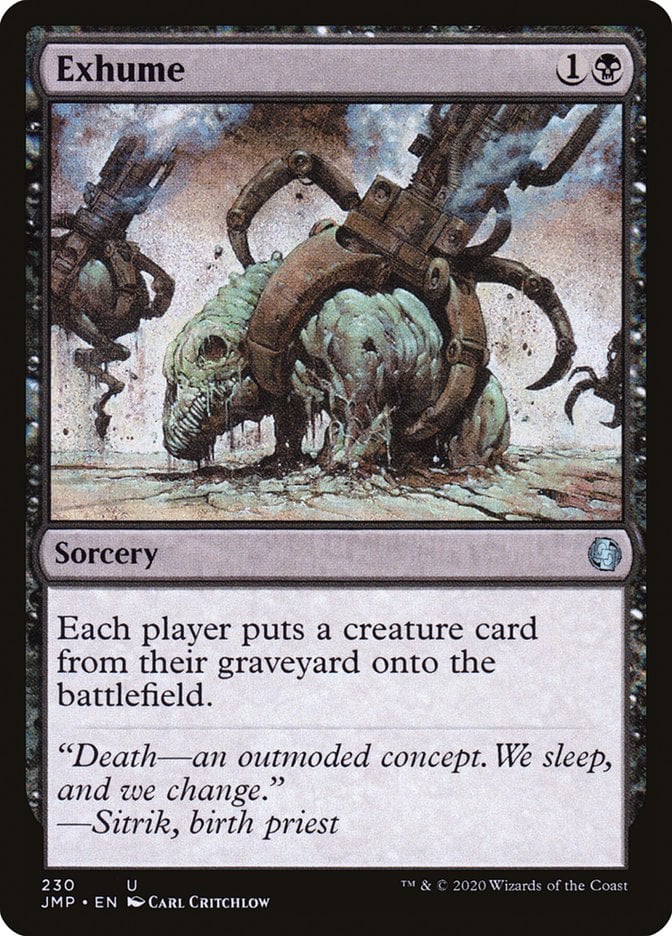
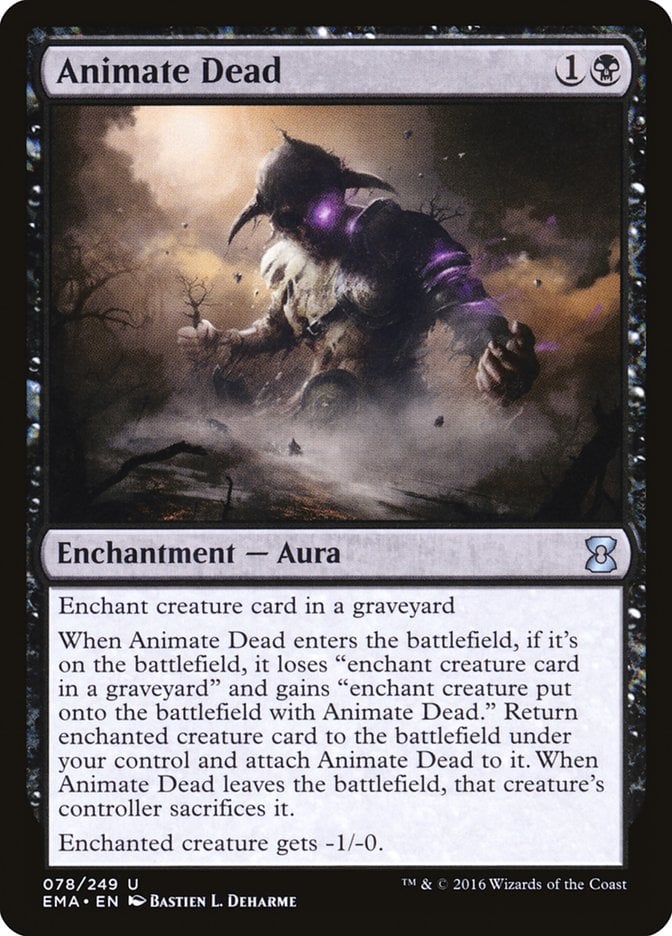
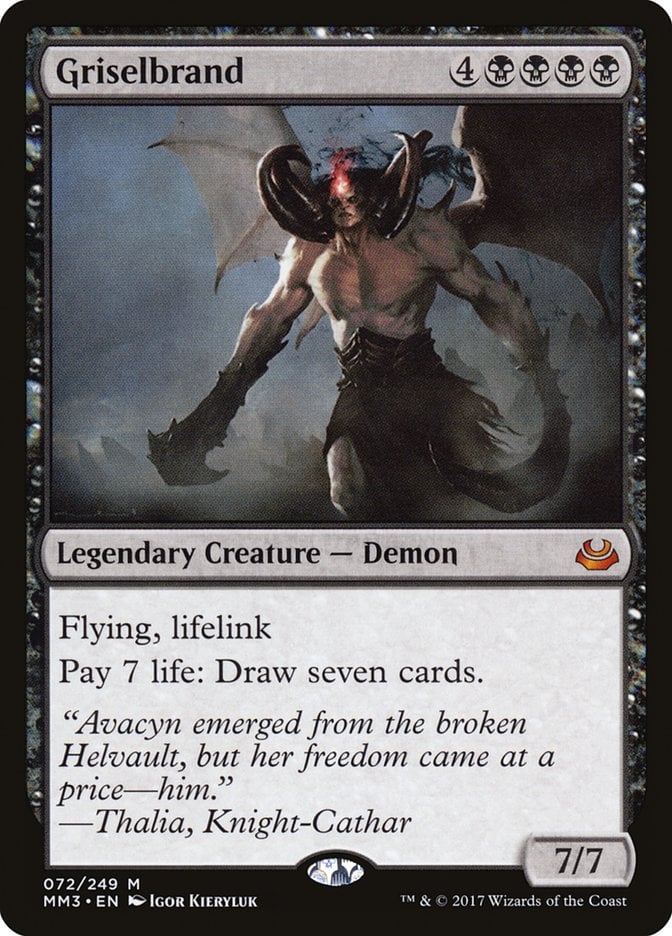
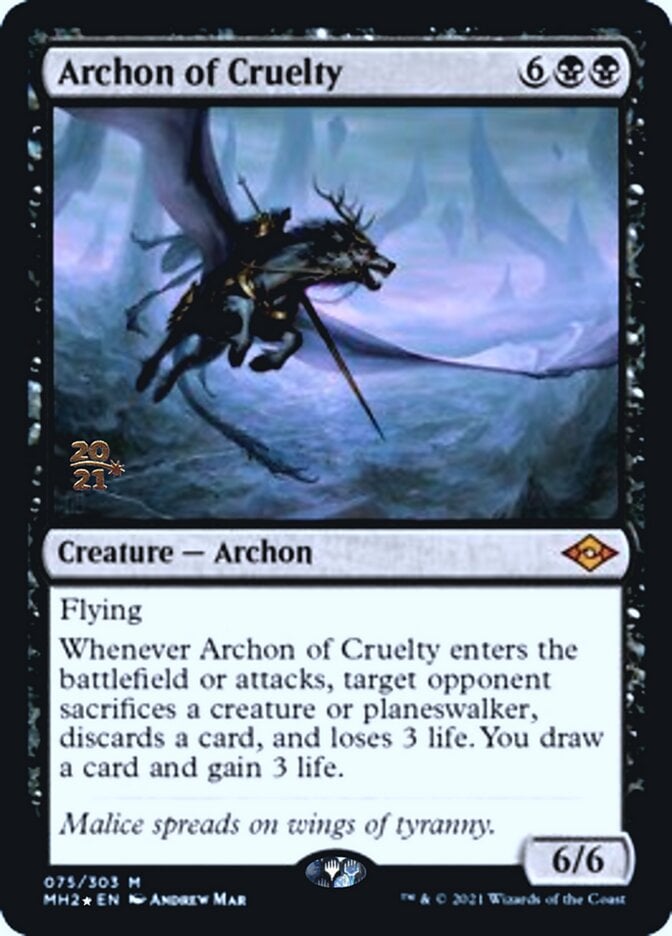


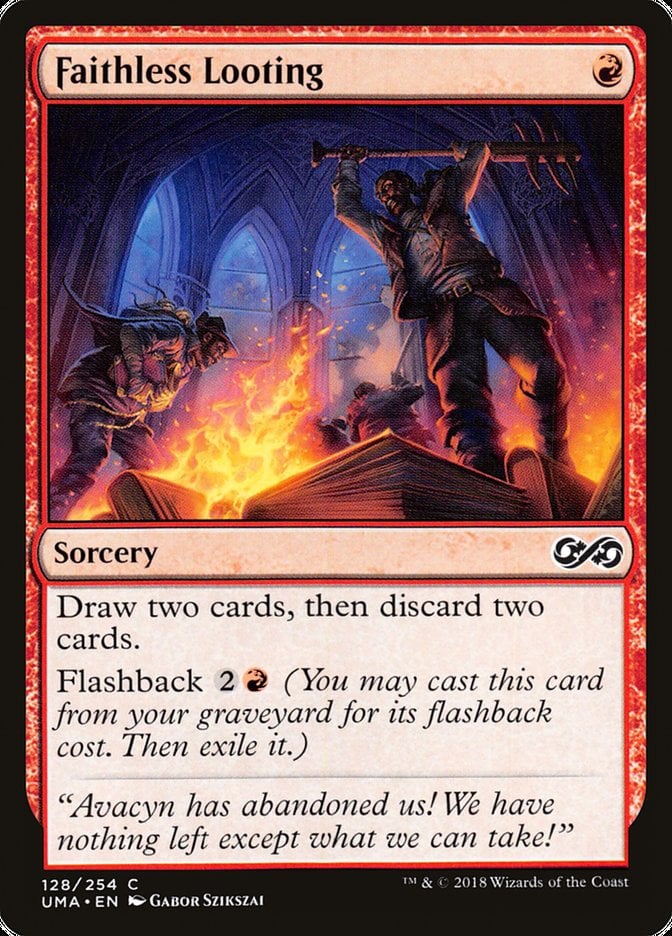
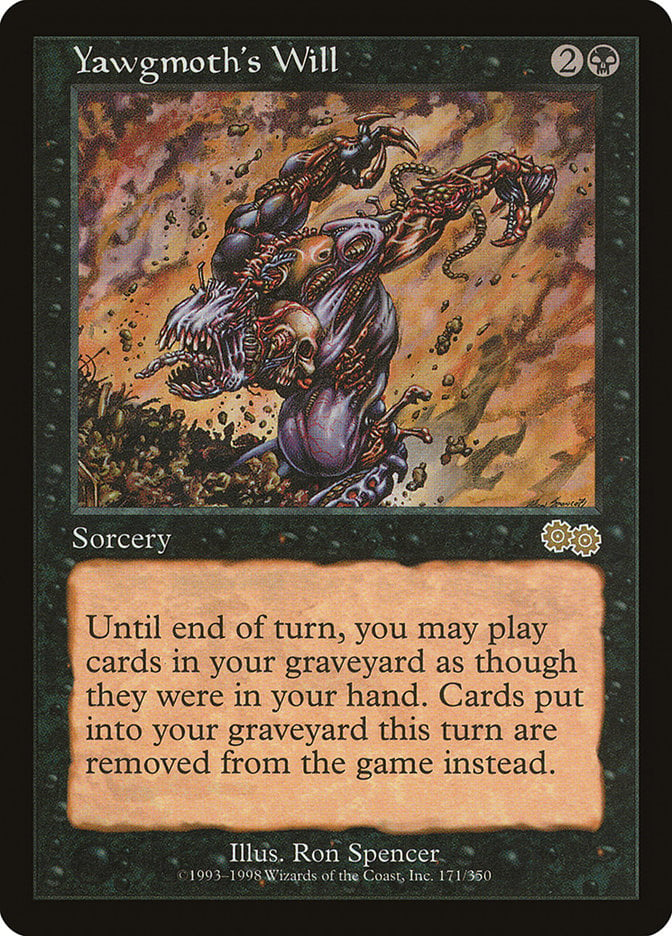
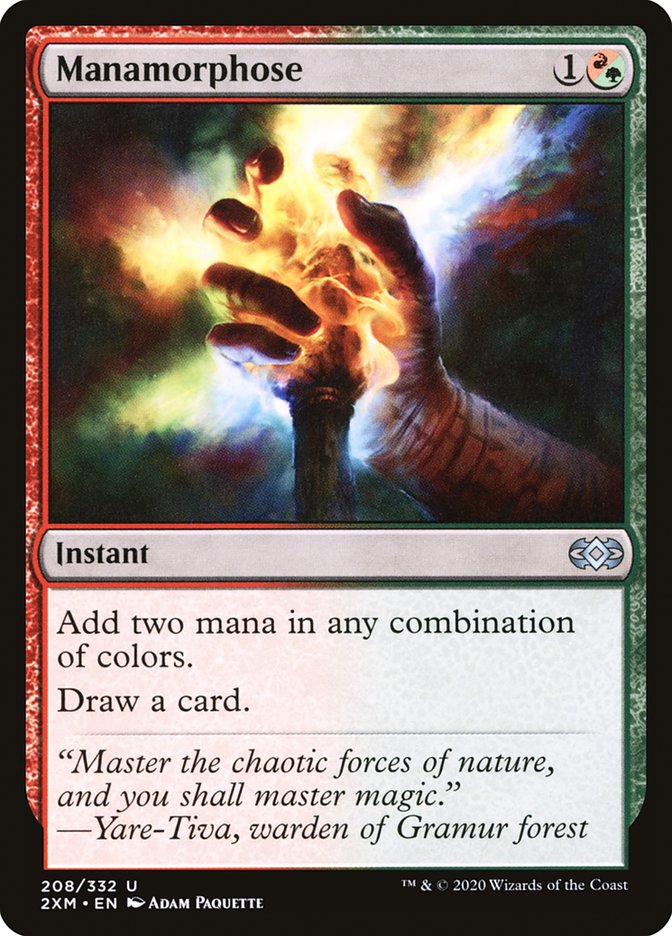
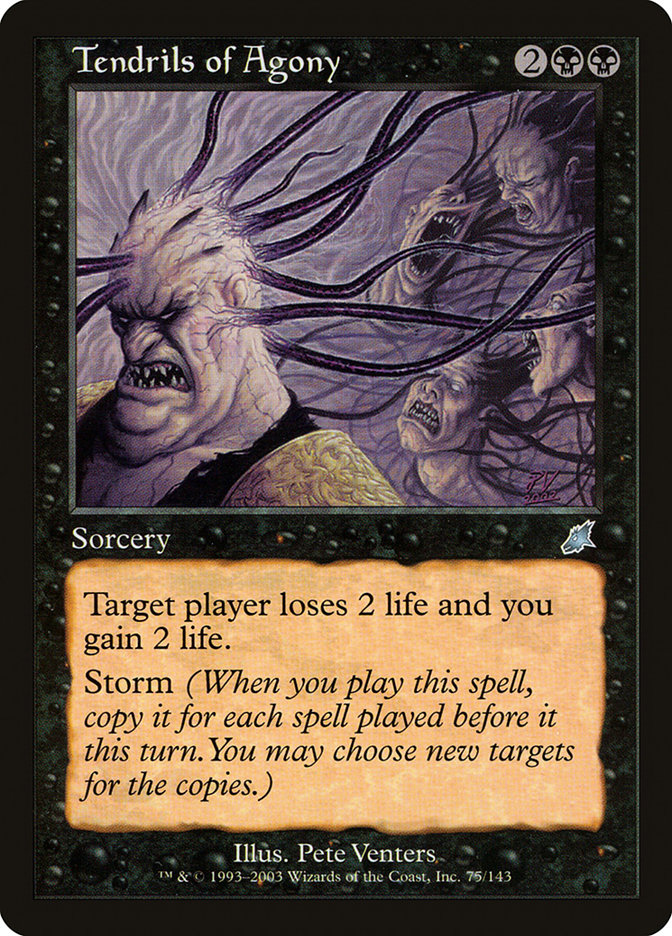
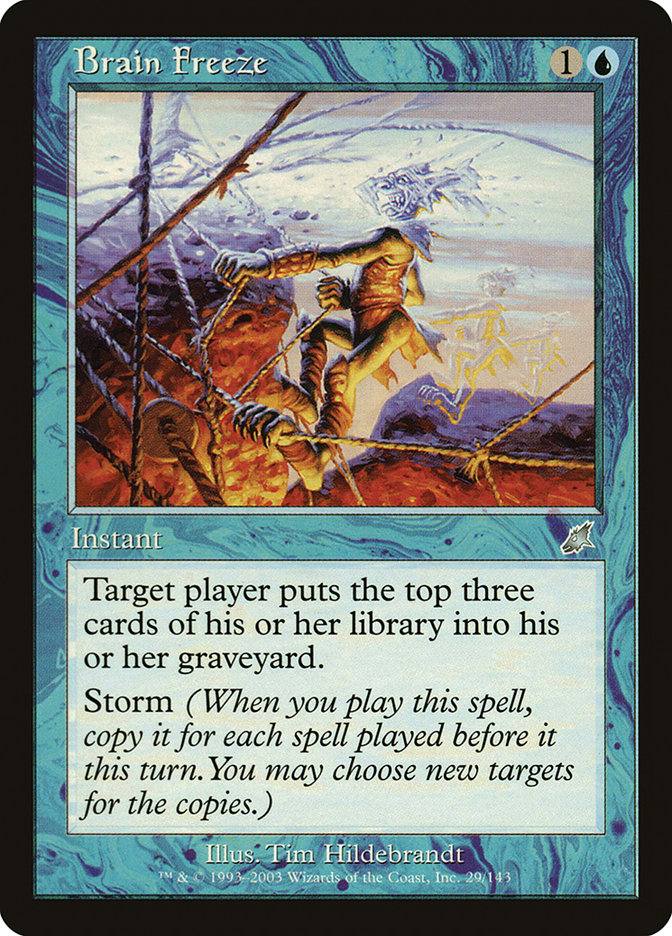
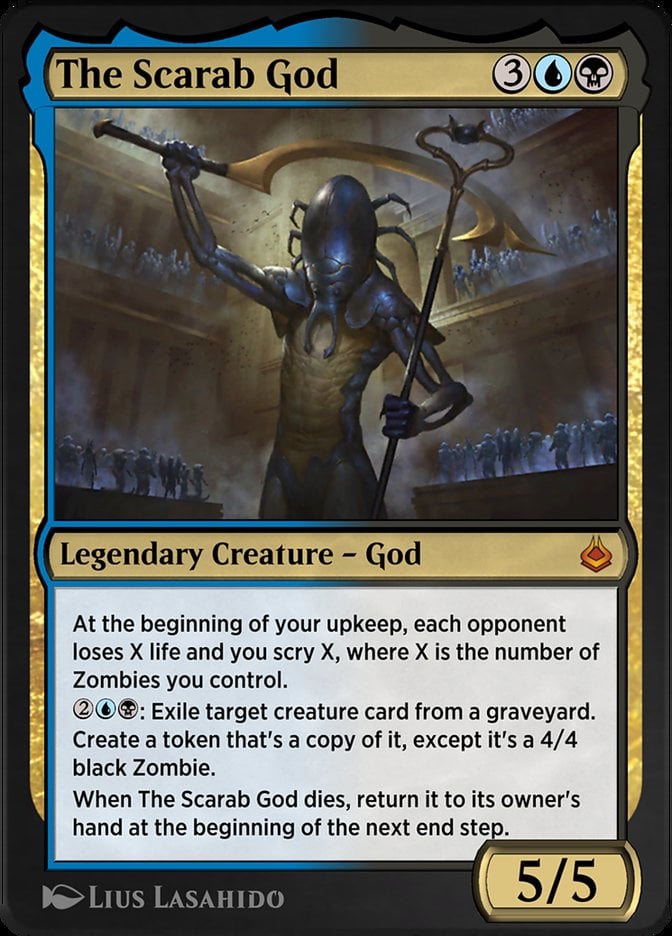

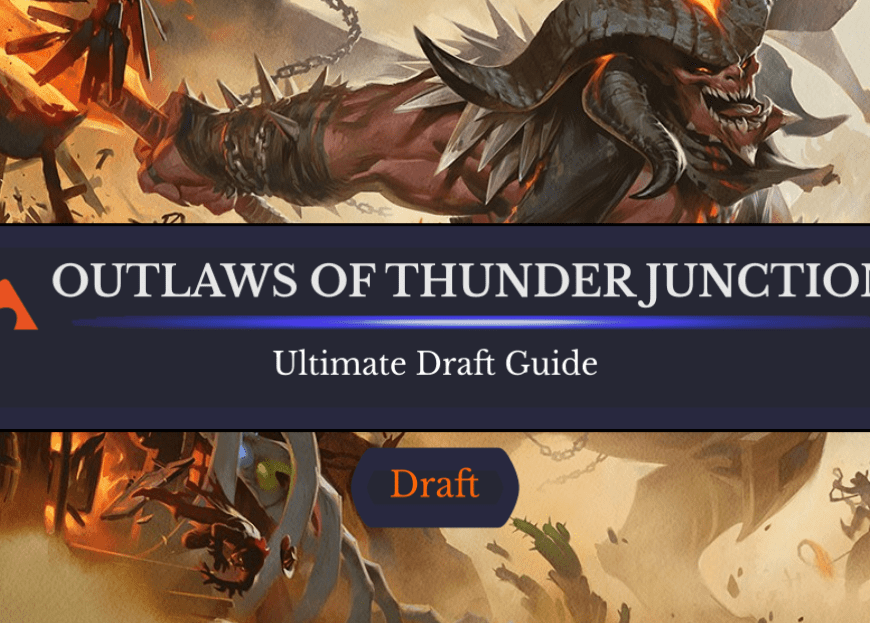
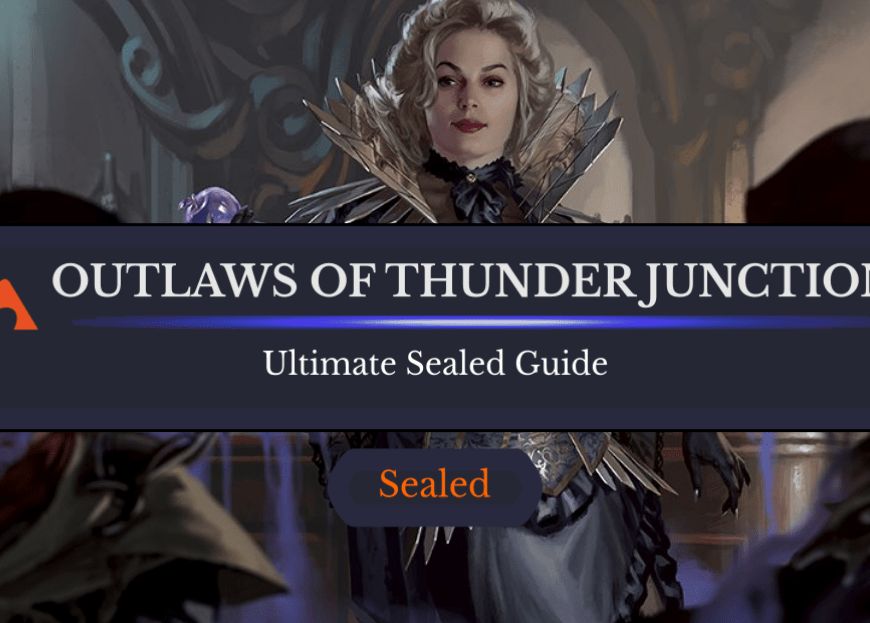
Add Comment